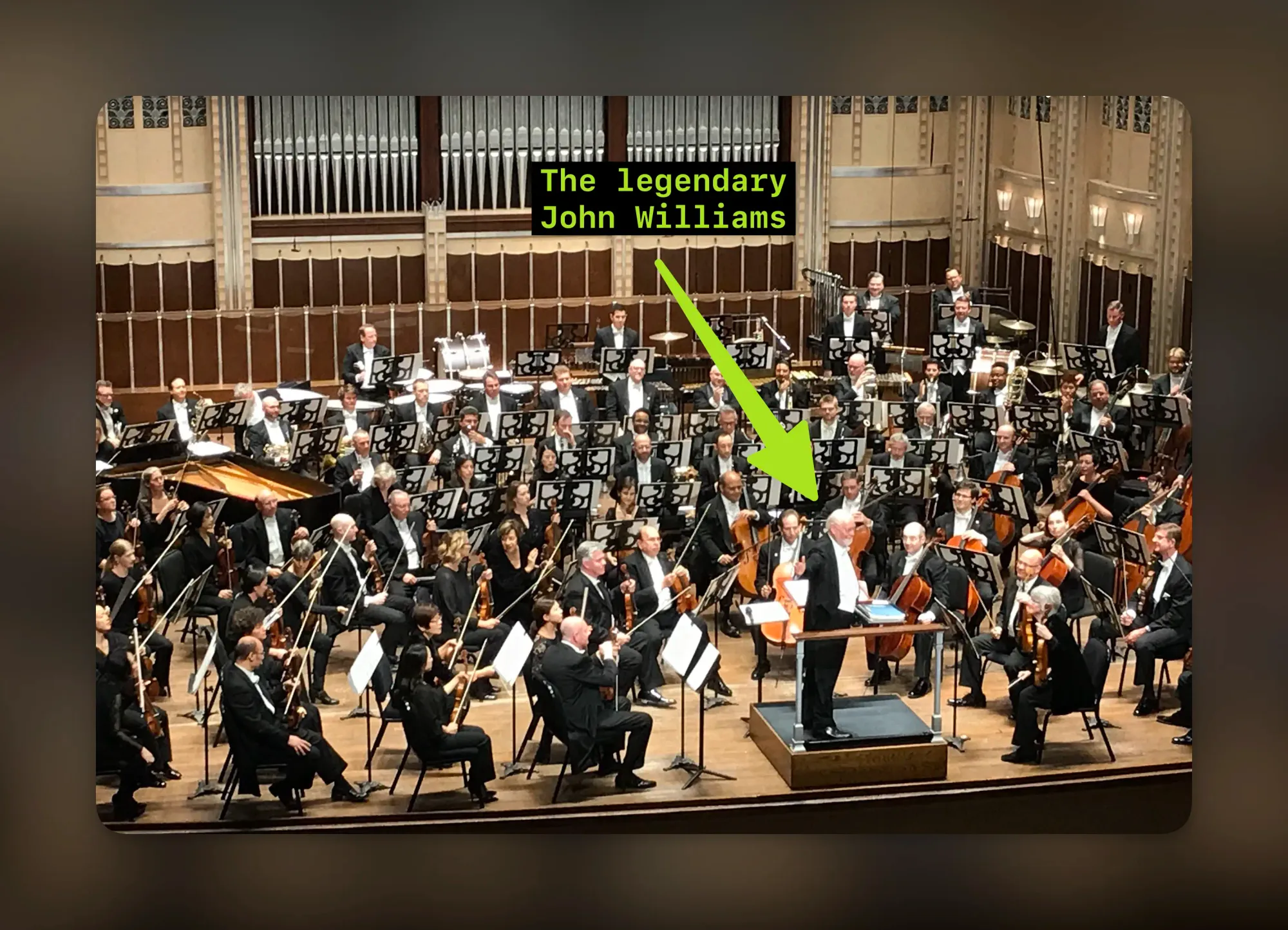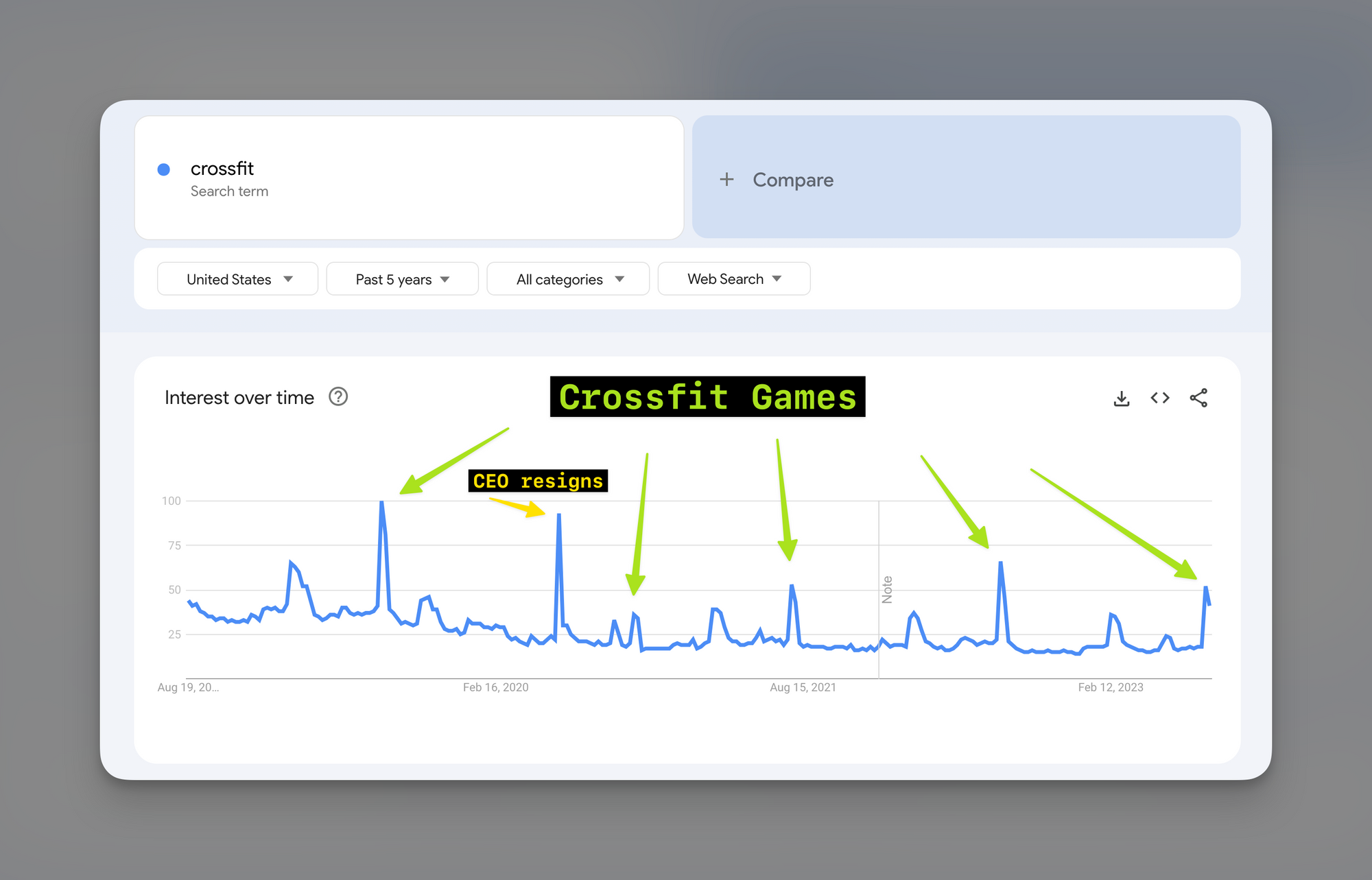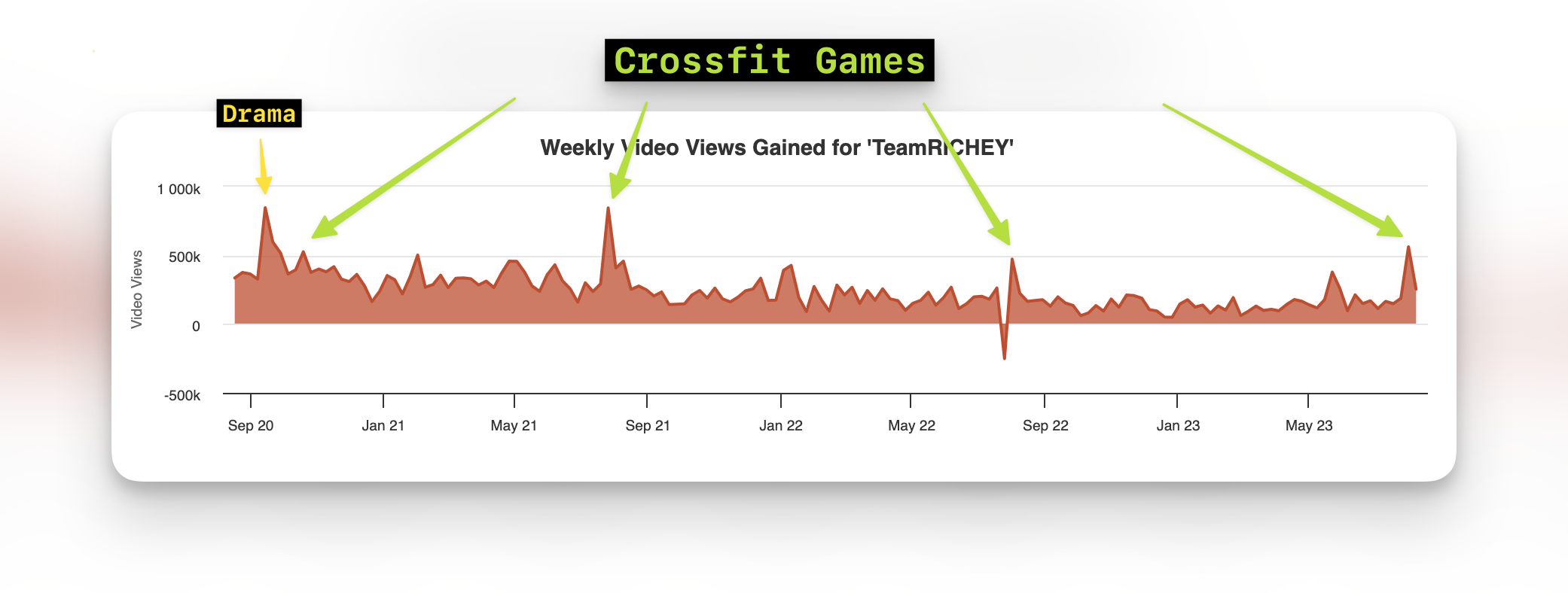Predicting for Profit: A Masterclass in Google Trends
How to win the timing lottery.

I often take the seasonality of life for granted.
Living in Ohio means we get a mix of all four seasons, each bringing its own set of rituals, events, and foods. I've come to expect visits to Cedar Point in summer, corn mazes in autumn, and Severance Hall in winter.

These rhythms can help us order our lives, and in much the same way, listening to the seasonality of our distinct niches can help us order our content strategies.
Not just what, but when
Between 2019 and 2023, I built SEO content strategies for startup and enterprise companies.
During this time, I got a first-hand look at how top companies with substantial budgets allocate their resources. Of all the factors that go into a well-crafted strategy, there was one which remained a consistent priority across the board: timing.
Now, the idea of scheduling your production on a content calendar should be familiar to you already. However, how professional strategists approach the calendar structure fundamentally differs from 99% of independent creators.
Part of why this happens is because we misunderstand trends.
Redefining trends
The dictionary tells us that a trend is:
- “a general direction in which something is developing or changing.”
- “a topic that is the subject of many posts on a social media site or application within a short period of time.”
We get a few things from these sentences.
First, a trend is a change. There is a clear before and after when talking about trends. A noticeable shift occurs, usually in topic or volume, that impacts a collection of other factors.
Second, a trend can be positive or negative. We typically think of trends in the positive sense that a new topic is getting a swell of attention. But the opposite can also be true. A topic, creator, or platform can trend downwards, meaning there is a loss of attention.
Third, trends are inherently time-sensitive. "Short" is subjective because trends can last anywhere from a few hours to a few years, but the core idea is that they must be seized while they exist – which won't be for long.
Fourth, trends are unpredictable — or at least most people believe they are because they view them as irregularities instead of recurring opportunities. This is a gap we can leverage.
Team Richey and the CrossFit phenomenon
We’re going to spend a portion of this report applying the principles of calendarizing trends to several different niches so that you can see how this strategy plays out in real scenarios.
But before we get there, I want to show you a concrete example of the power of recurring trends and interest surges.
Craig Richey is a YouTuber based in the UK who makes fitness content, specifically for the CrossFit (CF) niche. He’s been on the platform for approximately 8 years and focused on CF for 7+ years of that journey.
One of his most watched videos was a response to another fitness influencer.
Now, like many sports, the annual CF season culminates in a final competition called the CrossFit Games. Top athletes from around the world travel to an American city to see who will be crowned The Fittest on Earth.
As you can imagine, this draws an enormous amount of attention from people both inside and outside the sport. A simple search for the term “crossfit” on Google Trends confirms this fact. Apart from the occasional company drama, the highest searched periods occur during the games.

Craig realized this early in his YouTube journey and began shaping his content strategy around the games, going so far as flying to the US to cover them live for several years now.

As you can see, this bet has paid off handsomely. Coverage of the games boosts his typical view count by 100%. That means even though he makes great CF content consistently, his average view count jumps from 50,000 to 100,000+ for every video about the games.
That’s not counting the subscriber growth, product sales, increased views for older videos, and the general brand awareness this kind of reach generates.
Every niche has these opportunities once you know what to look for.
